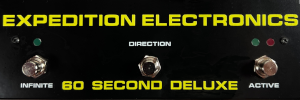Showing posts with label Gaston. Show all posts
Showing posts with label Gaston. Show all posts
Monday, December 01, 2025
GND CIG playtime
video upload by Todd Barton
"More playtime/exploration with the Gaston Nonlinear Dynamics (GND) Compact Impulse Generator (CIG) and the two GND effects modules. Enjoy!
More here: https://ryangastonmusic.com/
My Patreon: / synthtodd"
Monday, October 13, 2025
GND Slow Window Size
video upload by Todd Barton
"Very, very slowly moving the Window size slider on the Retention Mechanism module inside the Gaston Nonlinear Dynamics system. https://ryangastonmusic.com/hardware
My Patreon: / synthtodd"
Sunday, August 03, 2025
GND Compendium IV
video upload by Todd Barton
"Definitely use headphones or studio monitors for these demos. My continuing explorations into the amazing new Gaston Nonlinear Dynamics. More on this instrument here: https://ryangastonmusic.com/
My Patreon: / synthtodd"
Saturday, July 26, 2025
Artificial Dynamics I | Gaston [Nonlinear] Dynamics
video upload by Ryan Gaston
"Artificial Dynamics I
a brief video with minimal editing featuring a self-sustaining network of connections on the Gaston [Nonlinear] Dynamics system. principal agents in the patch include: Compact Impulse Generator; Random State Array; Temporal Drag Processor; and prototype code for T/F-S[h]ift.
filmed july 26, 2025
head to my site for more information about the system and its potential uses:
https://ryangastonmusic.com/hardware"
Thursday, July 10, 2025
GND compendium III
video upload by Todd Barton
"My explorations continue into this deep, exciting and surprising instrument by Ryan Gaston: https://ryangastonmusic.com/"
https://www.patreon.com/synthtodd
Tuesday, June 24, 2025
GND slow moves
video upload by Todd Barton
"In order to better understand, feel and hear the nonlinearity inherent in this amazing system I used just the Compact Oscillator Network (CON) and made two experiments: 1) slowly turning the Map Select from maximum to minimum 2) slowly sliding the f(C) slider from minimum to maximum. All sounds, effects and spatialization coming solely from the CON.
More info at: https://ryangastonmusic.com/hardware
My Patreon: / synthtodd"
Saturday, June 21, 2025
GND Compendium II
video upload by Todd Barton
"Part II of my initial explorations into the new Gaston Nonlinear Dynamic system. Here's a link to part I • GND Compendium
More info on the system here: https://ryangastonmusic.com/hardware"
Thursday, June 12, 2025
GND Compact Osc Network
video upload by Todd Barton
"Here are just a couple of minutes with the Gaston Nonlinear Dynamics Compact Oscillator Network and all the diverse sonic universes it traverses just with these few slider moves . . . and this is definitely not even the tip of the iceberg. https://ryangastonmusic.com/"
Wednesday, June 11, 2025
GND Compendium
video upload by Todd Barton
"I've had the Gaston [Nonlinear] Dynamics system for just a week. Here is a little compendium of some of my explorations and experiments. This is truly 'next level' modular synthesis design and vision. A cohesive and deep system which encourages experimentation, curiosity and discovery!
https://ryangastonmusic.com/hardware
My Patreon: / synthtodd"
Sunday, October 29, 2023
Mapper: map01/12/21 Chaotic Synthesizer Prototype Demonstration
video upload by Ryan Gaston
"A demonstration of map01/12/21, an electronic musical instrument that focuses on random, chaotic, and gestural interconnections between its constituent structures. map01/12/21 has been succeeded by map02/21, which offers nearly identical functionality; this video serves as an archival demonstration of the older prototype.
map01/12/21 combines three modules: the map01 Delta Scan Mapping Interface (a chaotic audio generator), the map12 Windowed Temporal Drag Processor (a dynamically re-writable audio buffer), and map21 Multiple Vector Source + Translation Matrix (a MIDI controller that combines two joysticks, sixteen random number generators, a timing generator, and a data routing matrix). map01 and map12 have been abandoned in favor of the newer map02 Delta Scan Mapping Interface + Windowed Temporal Drag Processor, which combines their functionality into a single device.
This improvisational demonstration highlights many of the unique possibilities of each of its constituent parts; ranging from blasts of noise to whistling tones, stuttered repeats, aliasing, goofy computer-generated bleeps, and gesturally-controlled chaos."
Additional demos:
Continual Transition - a Memory Machine [Sound/Noise Demonstration]
video upload by Ryan Gaston
"Continual Transition is an electronic sound-making device designed to engage memory, inspired by the unique otherworldly dread of isolation in the Ozarks.
Continual Transition uses a simple synthesis structure, modulated delay lines, sampling, and multiple internal feedback/feedforward nodes to create a chaotic, constantly evolving musical structure. Despite its use of relatively simple synthesis "building blocks," its embrace of chaos and its perhaps-peculiar parameterization makes it such that individual controls often results in individual knobs affecting many aspects of a sound's character, usually in nonlinear or unpredictable ways.
Continual Transition is comprised of two primary sections: on the left, a Temporal Reflection Interval Processor (TRIP), and on the right, an Arbitrarily Traversal Memory Register (ATMR). The TRIP and ATMR are intertwined via multiple intermodulation nodes, allowing them to influence one another's behavior in a number of ways. The TRIP is a continually-degrading memory process, in which user actions are echoed, multiplied, and obfuscated continually as time progresses. The ATMR is a sampling device, which assesses the device's total state for concentrated periods of time, locking small windows of "memory" into a buffer which can be bent, twisted, folded, and traversed linearly or chaotically.
By allowing these two forms of memory to commingle—and by gradually learning the relationship between individual controls, the immediate sound, and the way that sounds progress into the future—the user may develop a peculiar sense of "presentness," in which the events of the past and immediate future gain greater clarity and present actions take on greater-than-typical weight.
Continual Transition was created with a Bela Mini, Pure Data, simple custom circuitry, and Arkansan cedar sourced directly from the forests of the Ozarks. A limited number of Continual Transition devices were created in 2020. Despite initial goals to the contrary, there is no current plan to develop it into a commercial product.
If you want to learn more about Continual Transition (and to hear more examples of how it can sound), see the Summer 2019 edition of SciARC's Offramp online magazine here: https://offramp.sciarc.edu/articles/c..."
Stereo Transfer Function Synthesizer - Proof of Concept (Teensy)
video upload by Ryan Gaston
"A simple demonstration of some of the sounds yielded from a simple Teensy-based synthesizer. This is a proof of concept more than anything else; ultimately, this will be integrated into a more complete instrument.
The internal signal path is based on a combination of phase modulation, frequency modulation, and digital waveshaping via arbitrarily constructed transfer functions. Three oscillators intertwine in various ways, each contributing to the sound's instantaneous timbre, pitch, loudness, and sense of spatial location. The use of many internal feedback/feedforward nodes enhances the potential for chaotic, unpredictable sonic structures.
Originally, the idea was to create a stereo oscillator with transfer function-based waveshaping; however, I found that with a sufficiently knotted internal signal flow, it was possible to achieve a pretty astonishing range of animated sounds using relatively limited means. Though very much inspired by the Hordijk Blippoo Box, Hordijk Benjolin, Serge Wave Multipliers, Buchla Touché, Buchla 400, Buchla 700, and Buchla 259e, and some experimental works by Larry Polansky, I'm finding that there's much more sonic territory to be explored utilizing the bizarre combination of feedback and waveshaping via arbitrary transfer functions.
Again, I hope to continue to expand this into a more complete, performable instrument. But for now, enjoy some noise."
NEXT PAGE
HOME
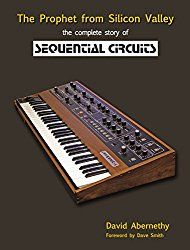



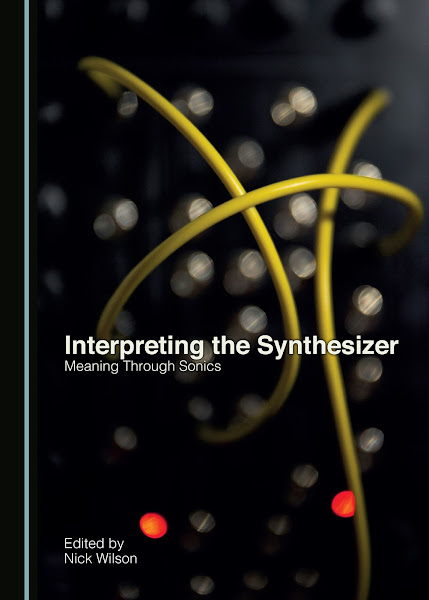
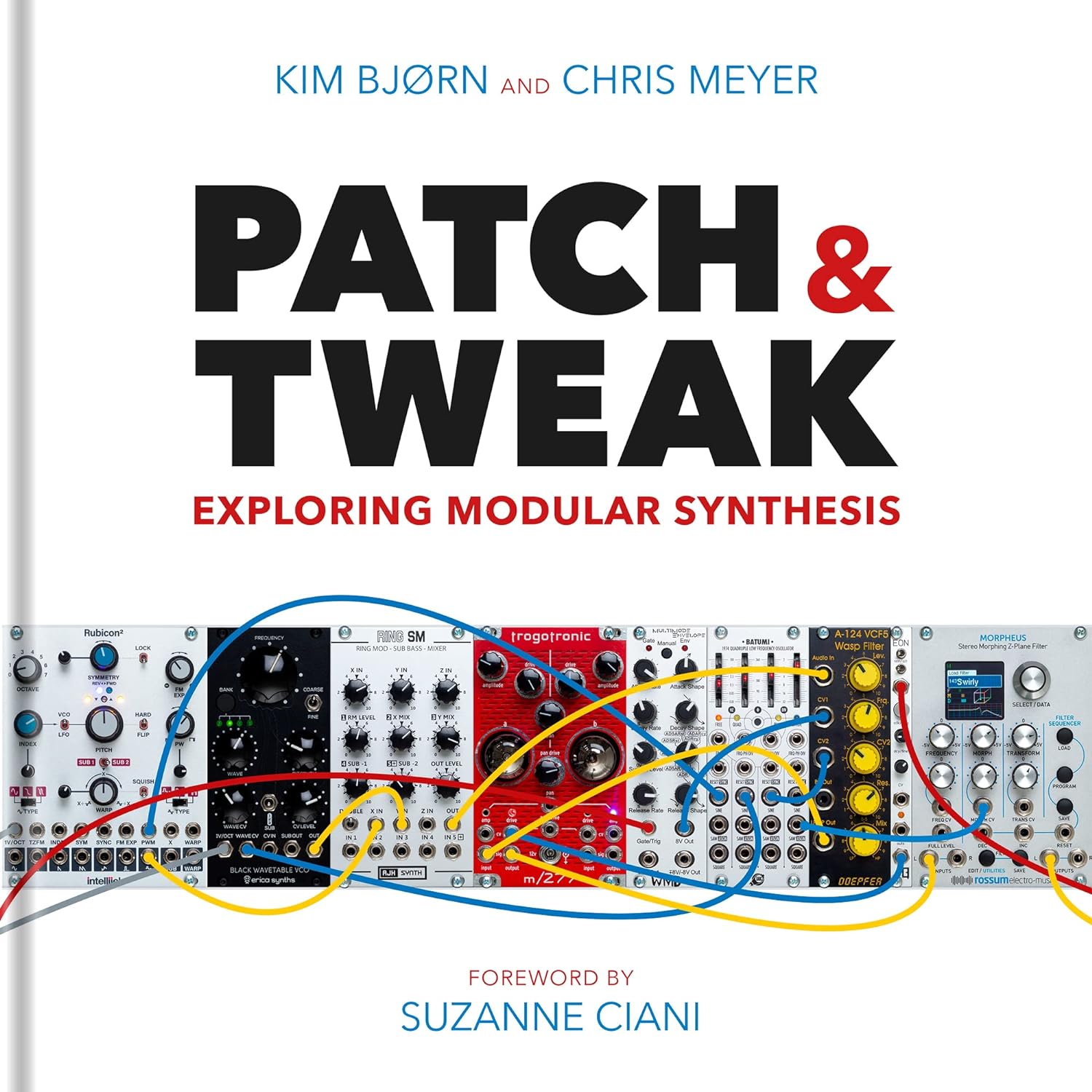

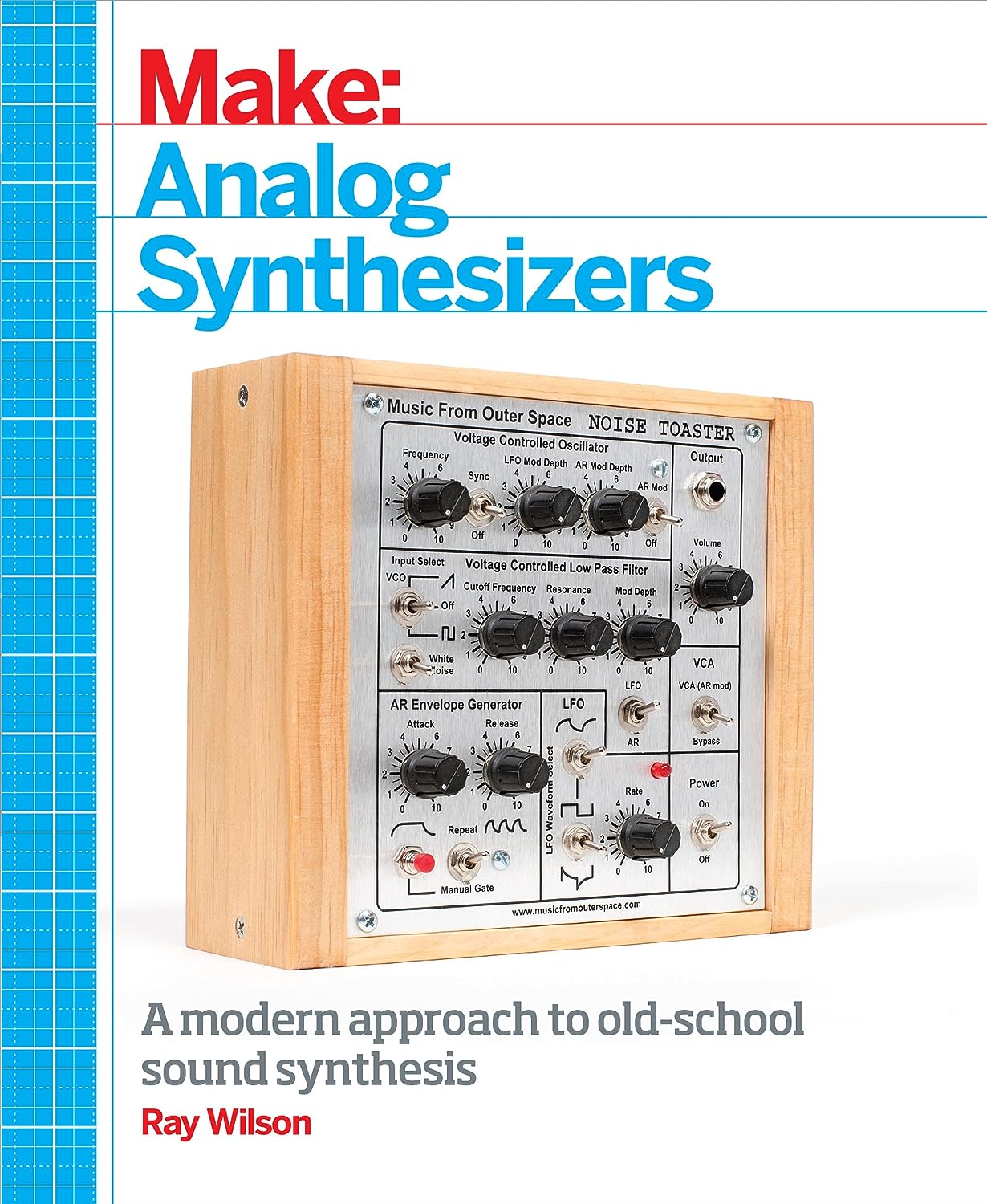

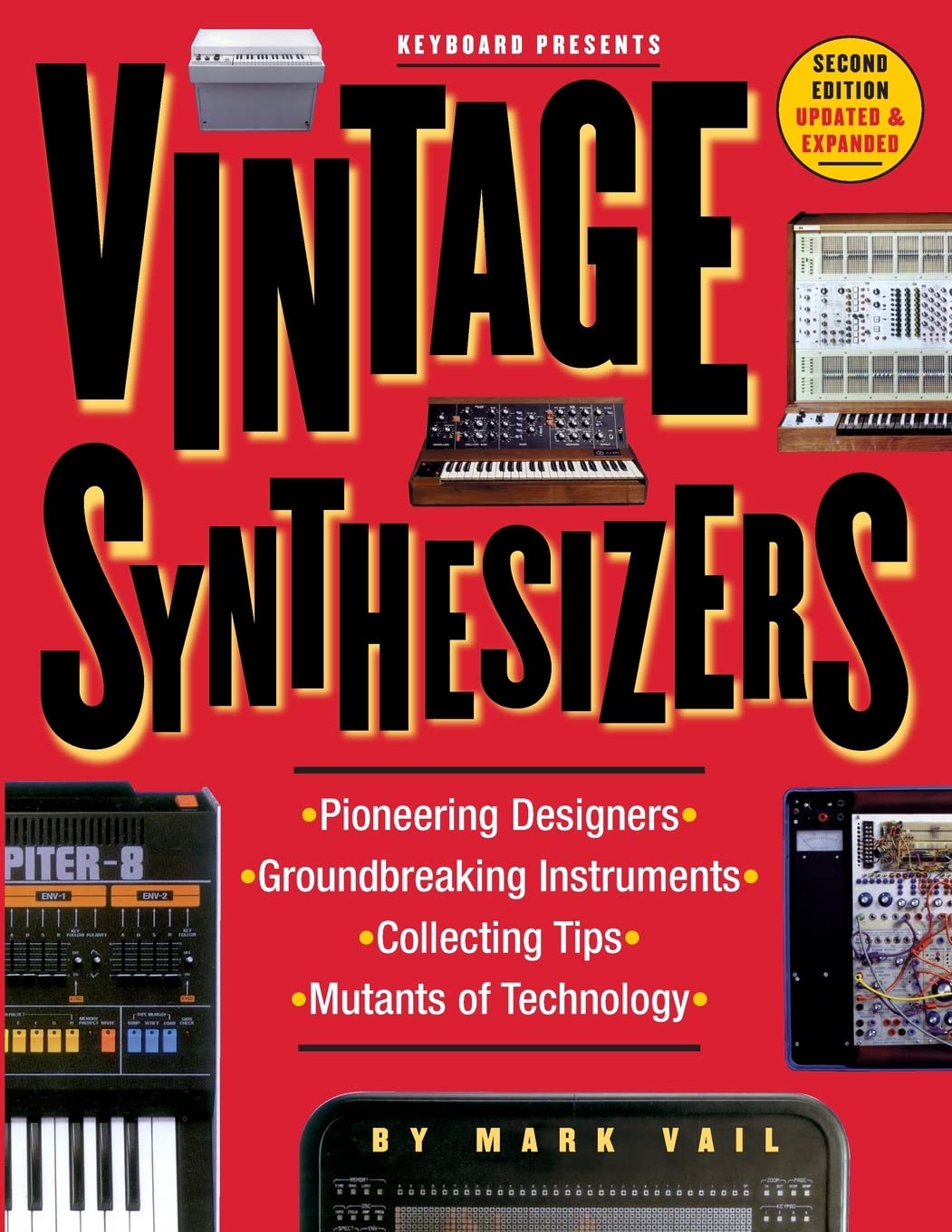
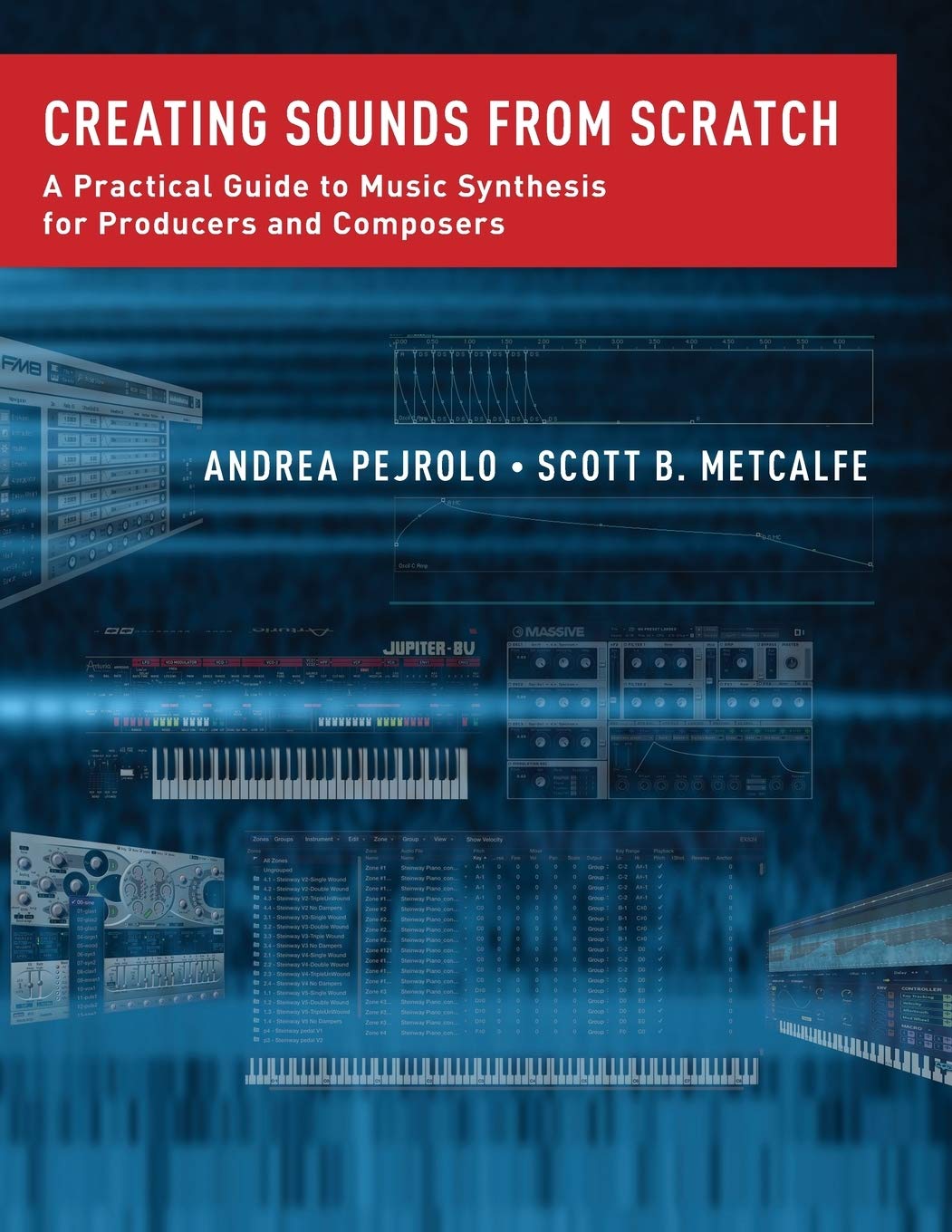
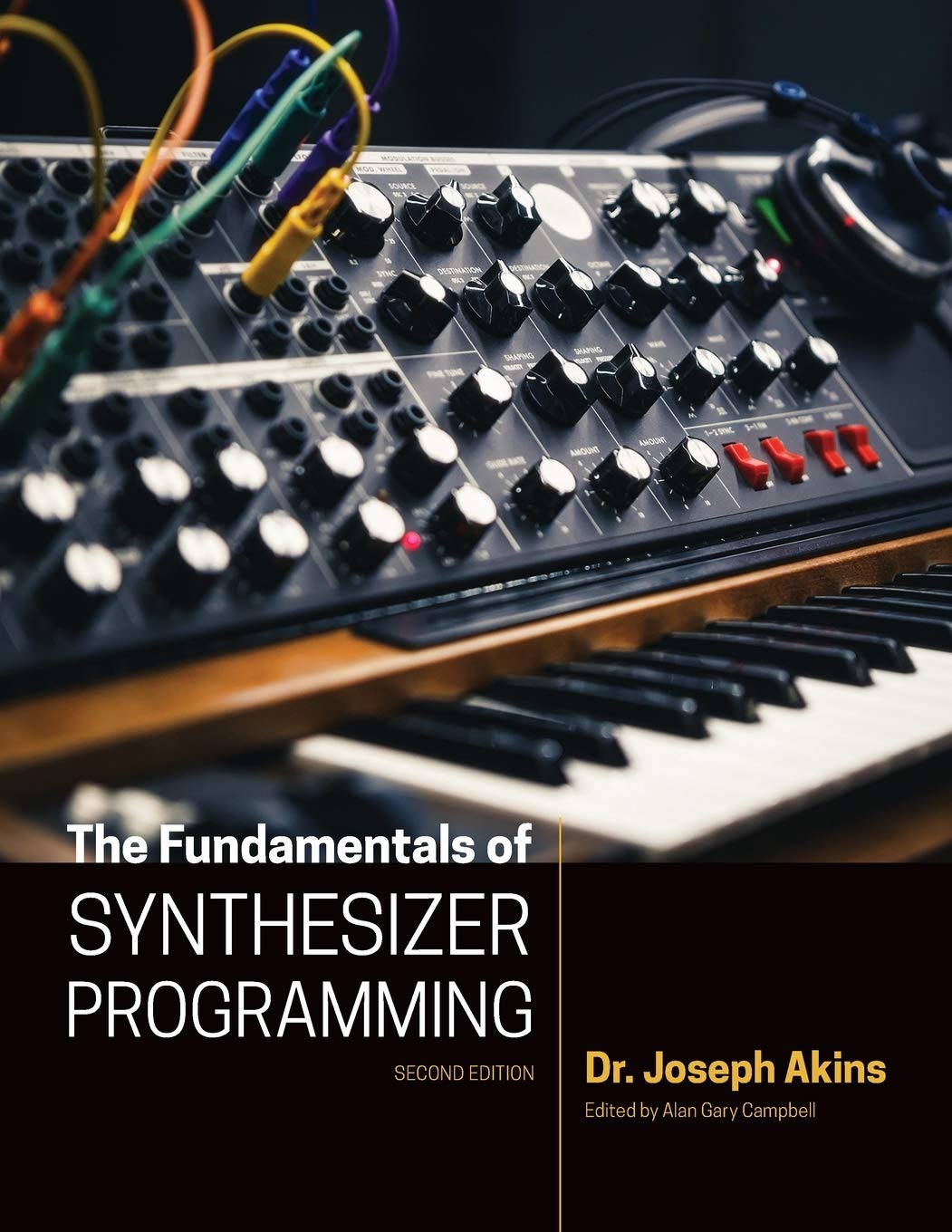

© Matrixsynth - All posts are presented here for informative, historical and educative purposes as applicable within fair use.
MATRIXSYNTH is supported by affiliate links that use cookies to track clickthroughs and sales. See the privacy policy for details.
MATRIXSYNTH - EVERYTHING SYNTH













© Matrixsynth - All posts are presented here for informative, historical and educative purposes as applicable within fair use.
MATRIXSYNTH is supported by affiliate links that use cookies to track clickthroughs and sales. See the privacy policy for details.
MATRIXSYNTH - EVERYTHING SYNTH














